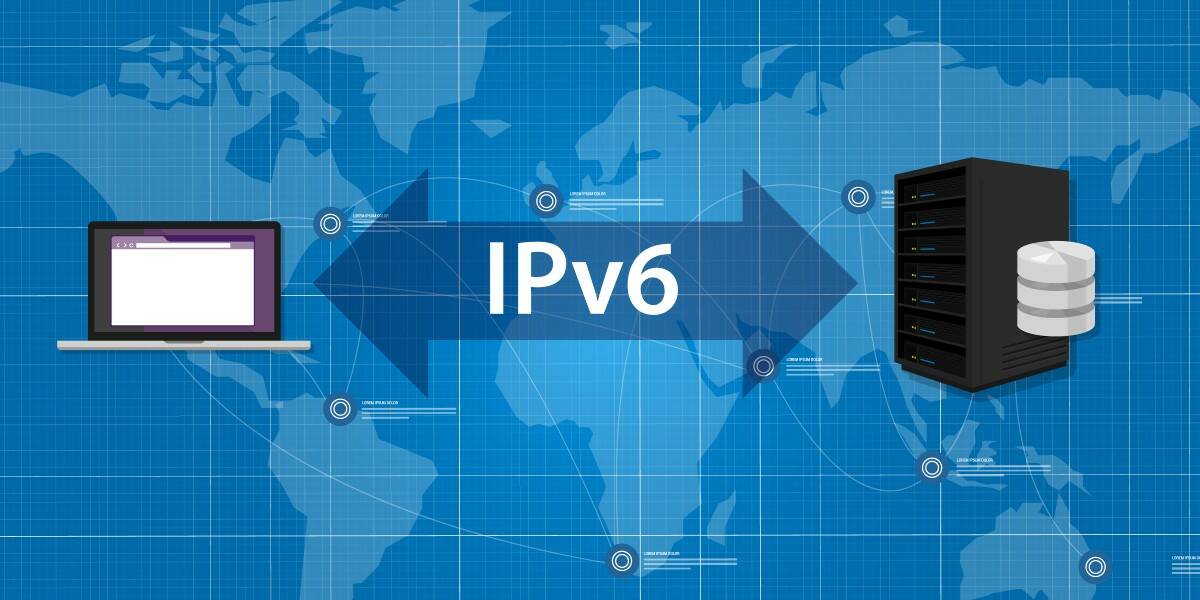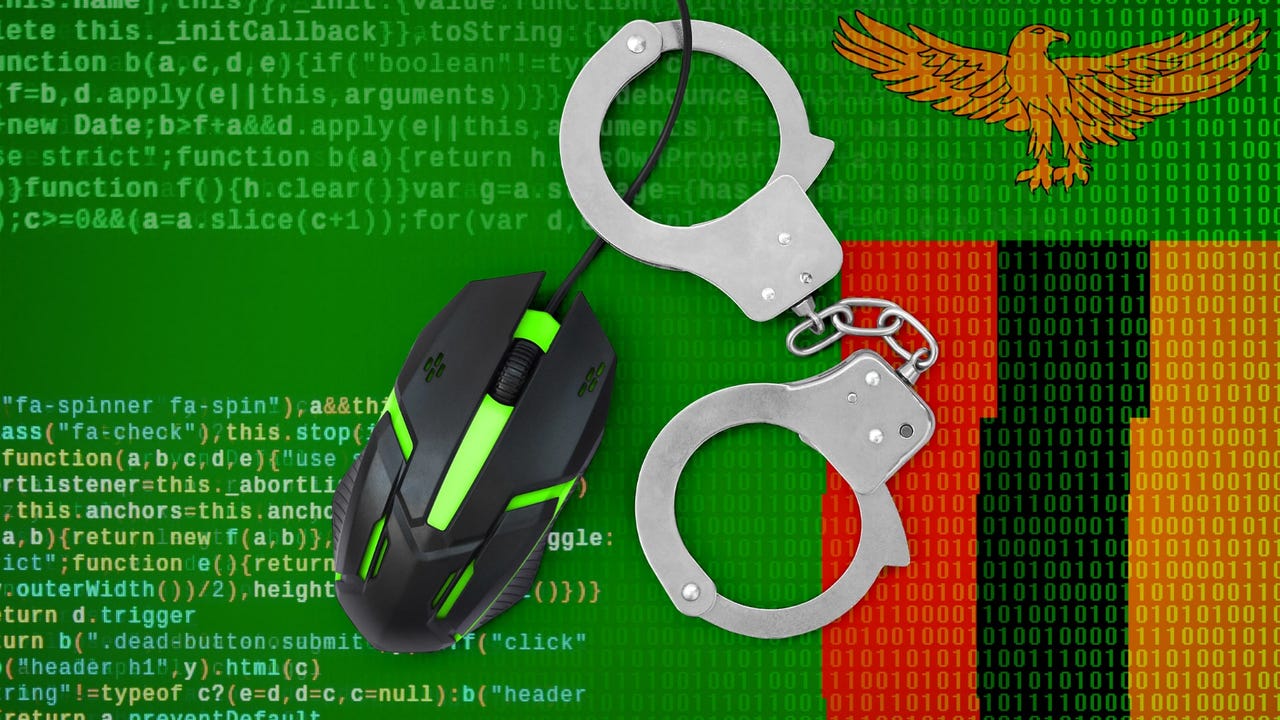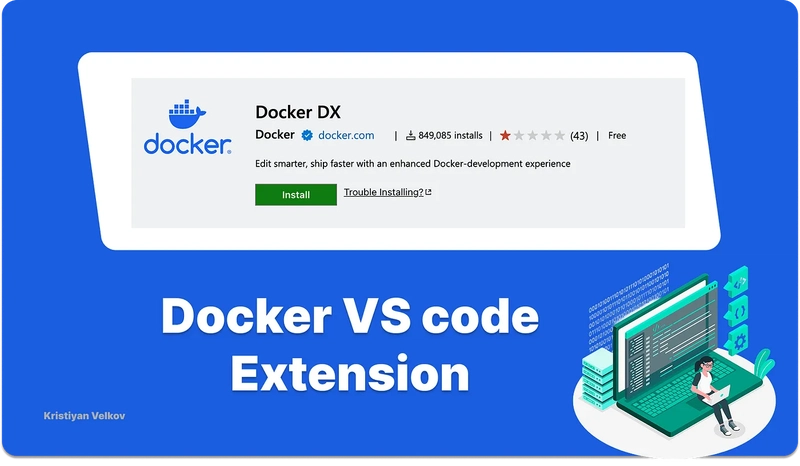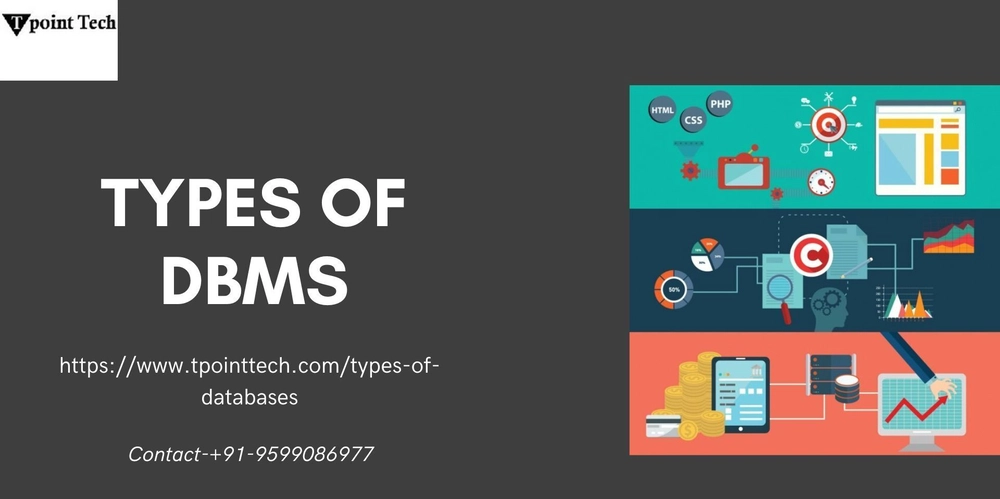How to Secure the Extended Enterprise – CISO Insights on Third-Party Risk
Modern organizations rely on a sprawling network of third-party vendors, suppliers, and partners to drive innovation and operational efficiency. However, this interconnected ecosystem introduces significant cybersecurity risks. As attack surfaces expand, malicious actors increasingly target weaker links in the supply chain to infiltrate otherwise secure enterprises. For Chief Information Security Officers (CISOs), mitigating third-party risks […] The post How to Secure the Extended Enterprise – CISO Insights on Third-Party Risk appeared first on Cyber Security News.

Modern organizations rely on a sprawling network of third-party vendors, suppliers, and partners to drive innovation and operational efficiency.
However, this interconnected ecosystem introduces significant cybersecurity risks. As attack surfaces expand, malicious actors increasingly target weaker links in the supply chain to infiltrate otherwise secure enterprises.
For Chief Information Security Officers (CISOs), mitigating third-party risks requires a strategic blend of technological rigor, contractual accountability, and cross-organizational collaboration.
This article explores actionable insights to fortify the extended enterprise against evolving threats.
The Evolving Threat Landscape of Third-Party Relationships
Third-party breaches now account for over 60% of cybersecurity incidents, with attackers exploiting vulnerabilities in vendor systems to bypass enterprise defenses.
Recent high-profile supply chain attacks, such as compromised software updates and credential leaks at service providers, highlight the cascading impact of weak third-party security.
CISOs must recognize that their organization’s risk posture is only as strong as the weakest vendor in their ecosystem. Traditional approaches, like annual compliance questionnaires, are insufficient against sophisticated threats.
Instead, a dynamic, data-driven strategy is essential to identifying, monitoring, and remediating risks across the entire vendor lifecycle from onboarding to offboarding.
Five Pillars of Effective Third-Party Risk Management
- Risk-Based Vendor Tiering
Classify vendors based on their access to sensitive data, criticality to operations, and historical performance. High-risk vendors, such as cloud providers or IT managed services, demand deeper scrutiny, including on-site audits and real-time security telemetry sharing. - Continuous Monitoring Frameworks
Replace static audits with continuous monitoring tools like Security Ratings Services (SRS) that analyze vendors’ external attack surfaces. Integrate threat intelligence feeds to detect emerging vulnerabilities, such as unpatched software or misconfigured APIs. - Contractual Enforcement of Security Standards
Embed cybersecurity requirements into legal agreements, mandating adherence to frameworks like ISO 27001 or NIST CSF. Include clauses for breach notification timelines, financial penalties for non-compliance, and right-to-audit provisions. - Zero Trust Access Controls
Limit third-party access to the principle of least privilege. Implement network segmentation, multi-factor authentication (MFA), and just-in-time (JIT) access to minimize lateral movement opportunities during a breach. - Incident Response Collaboration
Develop joint incident response playbooks with critical vendors. Conduct tabletop exercises to test communication protocols, data containment strategies, and recovery workflows during simulated breaches.
Proactive CISOs align these pillars with business objectives, ensuring risk management enhances agility rather than stifling innovation.
Building a Culture of Shared Responsibility
Third-party risk mitigation cannot succeed in a silo. CISOs must foster a culture where vendors view security as a collaborative mission rather than a compliance checkbox.
This begins with transparent communication about risk tolerance and expectations. For example, hosting quarterly threat briefings with key vendors builds mutual awareness of emerging attack vectors like AI-driven phishing or zero-day exploits.
- Joint Training Programs: Co-develop cybersecurity training modules tailored to third-party roles, emphasizing secure coding practices, phishing detection, and incident reporting.
- Unified Threat Intelligence Sharing: Establish secure channels for real-time threat data exchange, enabling vendors to act swiftly on indicators of compromise (IOCs).
Ultimately, trust is the cornerstone of a resilient extended enterprise. By empowering vendors with tools, knowledge, and shared incentives, CISOs transform third-party relationships from vulnerabilities into strategic assets.
Securing the extended enterprise demands a paradigm shift from reactive compliance to proactive partnership in an era of relentless cyber threats.
CISOs who prioritize continuous monitoring, contractual accountability, and collaborative defense frameworks will mitigate risks and strengthen their organization’s competitive resilience.
The future of third-party security lies in recognizing that every vendor is an extension of the enterprise, deserving the same vigilance as internal systems.
Find this News Interesting! Follow us on Google News, LinkedIn, & X to Get Instant Updates!
The post How to Secure the Extended Enterprise – CISO Insights on Third-Party Risk appeared first on Cyber Security News.


































































![Mike Rockwell is Overhauling Siri's Leadership Team [Report]](https://www.iclarified.com/images/news/97096/97096/97096-640.jpg)
![Instagram Releases 'Edits' Video Creation App [Download]](https://www.iclarified.com/images/news/97097/97097/97097-640.jpg)
![Hands-On With 'iPhone 17 Air' Dummy Reveals 'Scary Thin' Design [Video]](https://www.iclarified.com/images/news/97100/97100/97100-640.jpg)
![Inside Netflix's Rebuild of the Amsterdam Apple Store for 'iHostage' [Video]](https://www.iclarified.com/images/news/97095/97095/97095-640.jpg)
















![What iPhone 17 model are you most excited to see? [Poll]](https://9to5mac.com/wp-content/uploads/sites/6/2025/04/iphone-17-pro-sky-blue.jpg?quality=82&strip=all&w=290&h=145&crop=1)

















































































































































































![[The AI Show Episode 144]: ChatGPT’s New Memory, Shopify CEO’s Leaked “AI First” Memo, Google Cloud Next Releases, o3 and o4-mini Coming Soon & Llama 4’s Rocky Launch](https://www.marketingaiinstitute.com/hubfs/ep%20144%20cover.png)






















































































































![BPMN-procesmodellering [closed]](https://i.sstatic.net/l7l8q49F.png)
















































-All-will-be-revealed-00-35-05.png?width=1920&height=1920&fit=bounds&quality=70&format=jpg&auto=webp#)

































































